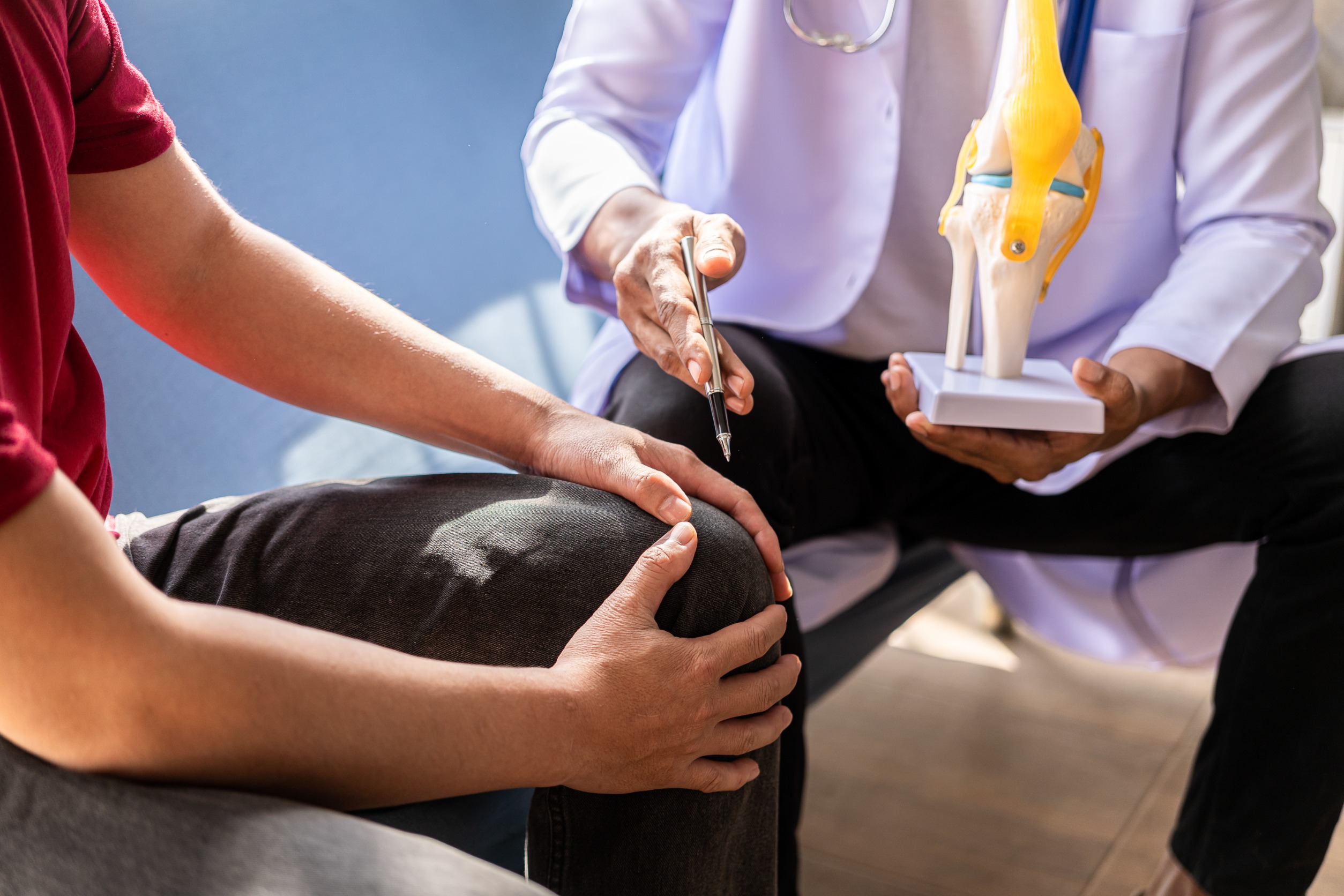Platelet-Rich Plasma (PRP) for Chronic Joint Pain Relief: A Comprehensive Guide
Chronic joint pain can be debilitating, affecting millions of individuals worldwide. Traditional treatments like medication, physical therapy, and surgery offer relief to some, but for many, the quest for effective, long-lasting pain management continues. In recent years, Platelet-Rich Plasma (PRP) therapy has emerged as a promising alternative, offering hope to those seeking natural, non-invasive solutions for their joint pain woes.
Today, we will explore PRP treatments for chronic joint pain, delving into what PRP is, how it works, its benefits, and the conditions it can address.
Understanding Platelet-Rich Plasma (PRP)
PRP is a cutting-edge medical treatment that harnesses the healing power of a patient’s own blood. It is derived from a small sample of blood which is then centrifuged to separate the platelets and plasma from other components. The resulting PRP is a concentrated mixture of platelets, growth factors, and plasma, all of which play a crucial role in tissue repair and regeneration.
How PRP Works for Chronic Joint Pain
PRP therapy targets the root cause of joint pain by leveraging the body’s natural healing processes. Once injected into the affected joint, the concentrated platelets release growth factors, stimulating tissue regeneration and repair. This process encourages the body to repair damaged cartilage, tendons, ligaments, and other structures, effectively alleviating pain and promoting mobility.
Conditions Treated with PRP Therapy
Osteoarthritis (OA): PRP has shown significant promise in managing the pain and inflammation associated with osteoarthritis. It helps to slow down the progression of the disease and improve joint function.
Tendonitis: Conditions like tennis elbow, golfer’s elbow, Achilles tendonitis, and rotator cuff tendonitis can be effectively treated with PRP therapy. The growth factors in PRP promote tendon healing and reduce pain.
Ligament Injuries: PRP therapy has been used to treat injuries to the ligaments, such as anterior cruciate ligament (ACL) tears. It aids in faster healing and restoration of stability to the joint.
Bursitis: Inflamed bursae, small sacs filled with fluid that cushion joints, can lead to considerable pain. PRP injections can help reduce inflammation and promote healing.
Benefits of PRP Therapy for Chronic Joint Pain
Non-Invasive
Unlike surgery, PRP therapy is a non-invasive procedure, minimizing the risks associated with more invasive treatments.
Natural Healing
PRP utilizes the patient’s own blood, reducing the risk of allergic reactions or adverse side effects.
Long-Lasting Relief
Many patients experience prolonged pain relief and improved joint function, often lasting for months.
Reduced Inflammation
PRP injections can significantly reduce inflammation in the affected area, providing immediate relief.
Improved Mobility
By promoting tissue regeneration, PRP therapy can restore mobility and functionality to the affected joint.
Platelet-rich plasma therapy offers a promising avenue for individuals suffering from chronic joint pain. Its natural, non-invasive approach, coupled with its potential for long-lasting relief, has made it an attractive option for many. However, it’s crucial to consult with a qualified healthcare professional to determine if PRP therapy is suitable for your specific condition.
With continued research and advancements in medical technology, PRP is poised to play an even more significant role in revolutionizing chronic joint pain management. Contact Ohio Therapy Centers today to see if you are a candidate for this remarkable treatment option.

